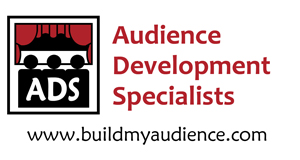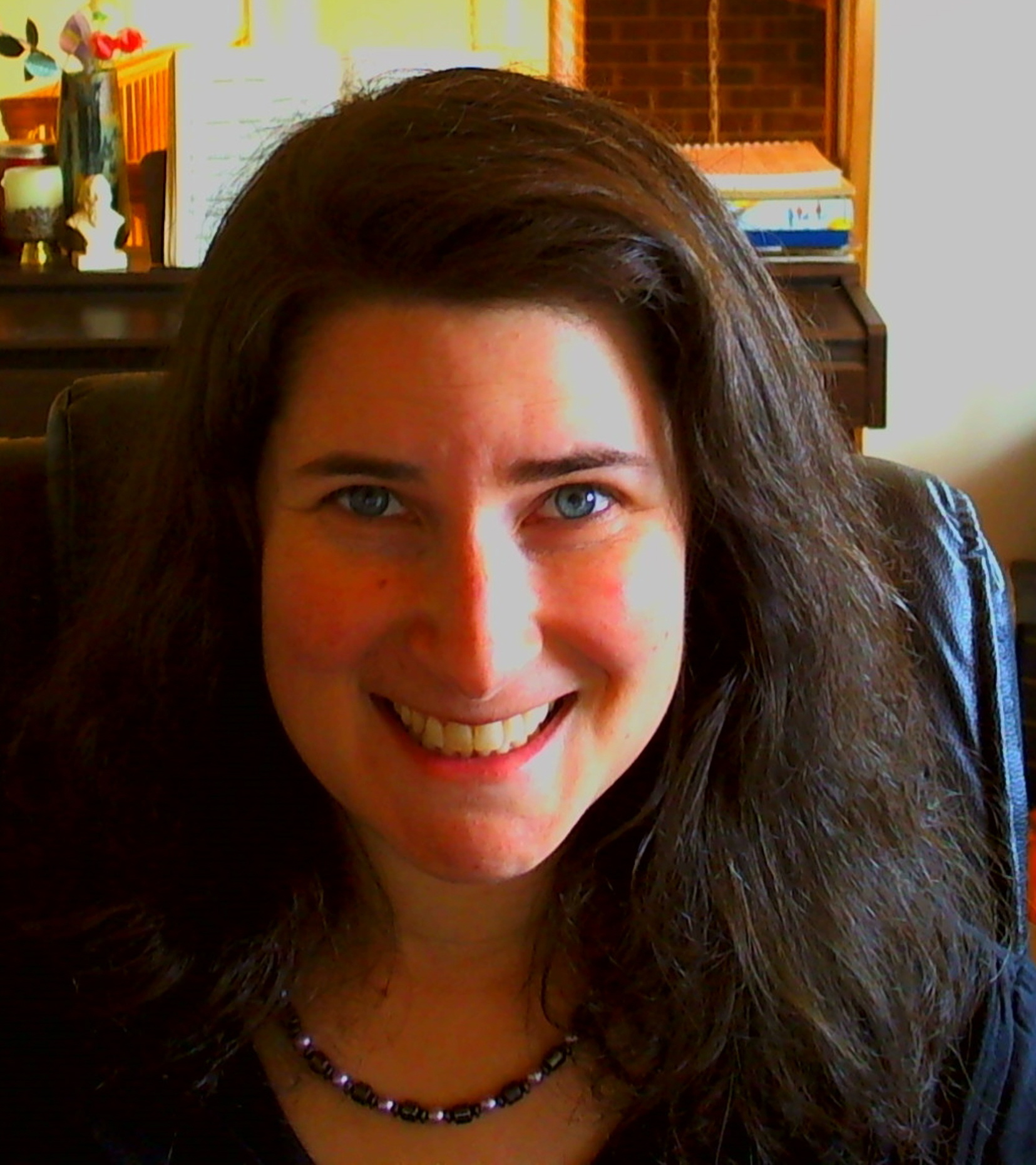I have discussed the 4 C’s of audience development: Community, Connection, Collaboration and Caring. It’s time now for the 4P’s of audience development…
It’s been an exciting few days of discussion about audience development and issues involving our audience. Alex Ross’ lecture Inventing and Reinventing the Classical Concert for the Royal Philharmonic Society is creating quite a buzz. From his lecture:
“In the eighteenth century listeners often burst into applause while the music was playing, much as patrons in jazz clubs do today. The practice seems to have died out in the course of the nineteenth century, although audiences almost always applauded after movements of large-scale works. Then, in the early years of the twentieth century, the idea took root that one should remain resolutely silent throughout a multi-movement piece. By imposing such a code, we may inadvertently be confining the enormous and diverse expressive energies that are contained within the classics of the repertory. The work itself should dictate our behaviour, not some hard-and-fast code of etiquette.”
Clef Notes responded with To clap or not clap; Alex Ross looks at the concert-going experience and John Terauds followed with Alex Ross tells Royal Philharmonic Society that enjoying classical music not about following rules, but about passion on stage.
I also came across two blogs that were discussing the 4 P’s of marketing and how we may need to focus on changing the “product” in order to woo a younger audience. Chad Bauman chimed in with The Truth About Attracting Younger Audiences. The Clyde Fitch Report responded with a blog on A Vision: Arena Stage Permitting Tweeting During Performances.
The point to all of this wonderful conversation seems to be the beginning (or a continuation which hasn’t been heard until now) of an outcry to defend the audiences’ wishes and desires. The world is evolving, which means that audiences are evolving too. There was a time when we accepted being silent and in the dark in terms of an art experience. We learned the proper etiquette. We were expected to be quiet. The question I raise now: is the audience wanting to remain in the confines of the social norms that were set in stone centuries ago? In view of people in general becoming more socially active, participatory, hands-on, self-creators, stifling the audiences’ wishes and desires is probably not the answer to building a more diverse audience.
This finally brings me to the title of this blog – The 4 P’s of audience development. The 4 P’s can set us on a new adventure toward building better relationships with our audiences. So, what are the 4 P’s of audience development?
1. Presentation – I had commented on a few of the blogs aforementioned with the response that we don’t necessarily have to change product, price, place, or promotion, but maybe we can look at changing presentation (which can be considered an aspect of two of the marketing 4 p’s, product and place). Changes in presentation, such as adding social elements, ways for the audience to participate (tweeting, voting, clapping), or simply making a more casual or inviting atmosphere for all audience members, has made a big difference between empty auditoriums and selling out a house. Not to mention the buzz factor that is created with each new and innovative idea to be tested. The content or repertoire does not need to be changed as much as how or perhaps where the content is presented.
2. Participation – It can be a big part of the presentation, and you will soon realize that all 4 P’s of audience development are interconnected. One of the main issues to all of these discussions is: what can we do to create more opportunities for the audience to participate? The audience of today wants to be involved, active, part of the fun. If we do not create, or dare we say allow more audience participation, the audience will take their money and enthusiasm to art forms that do let them be themselves.
3. People – Let’s face it, people make up the art and the audience. The key is to find the right people that jive with your art and who will become more involved with your art. It’s people that produce, promote, participate, are pro-active, well, you get the idea. Building relationships with people is what is going to build your audience and the support around your art form. In order to build relationships with our audience members, it is advised that we listen to them. Of course there will need to be a balance between what the artist desires to create and what the audience wants to spend their time and money on, but the point is that both the artist and the audience should be a part of the process.
4. Plunge! – Audience development takes a certain amount of courage. As you may remember, courage is the 5th C of audience development. It may take some experimenting, testing of new ideas, and getting creative in order to discover the best ways to format a balance between artist and audience. Tweeting may be distracting to some of the audience, but to others, it is a way of participating and communicating in the experience. So perhaps, have “tweet boxes” or areas that allow these people to tweet without disturbing the people that don’t tweet. Or, take the plunge with another interesting idea that will generate buzz and ticket sales. Some of the responses to attempting new ideas has been fear of the new overtaking the tradition. The responses back are, you better take the plunge or there won’t be any tradition left. I feel we can still celebrate tradition in the face of change. Or perhaps it would be good to change our definition of tradition. For example, Alex Ross and the others were commenting that the applause needs to work with the music, not against it, and Ross brought up the fact that in the 18th century, the tradition was for the audience to applaud when they felt impassioned to. So then, what really is the tradition? Is tradition just the standards of the day? And if the standards were changed in the 19th century, why can’t they be changed again to form new traditions for the 21st century?
I admit, my thoughts are simply a drop in the bucket, and there needs to be many more discussions. I am glad we have opened this can of worms that was just waiting to be opened. The 4 P’s of audience development can be a means to discovering new audience traditions, to building better audiences, to implementing new ways of presenting art in general.
Shoshana
Shoshana Fanizza
Audience Development Specialists
https://www.buildmyaudience.com
Facebook/twitter /E-mazing Newsletter /Blog
“Never treat your audience as customers, always as partners.”
~James Stewart





Nice post. I would add a 5th P — Persistence. It takes time for audiences to become comfortable with new initiatives in presentation or product or even pricing. For example, when working with a theatre company presenting South Asian plays, the notion of pay-what-you-can was very unfamiliar to our audience who were often recent immigrants, and caused some initial consternation. Over time, however, PWYC performances were enthusiastically adopted, and began to outstrip our regular performances in both audience numbers and, more surprisingly, average price paid per ticket. As an added bonus, we began to see donations being made immediately following PWYC performances, when people felt the quality of the performance had exceeded their expectations, as well as new offers to volunteer and a spike in requests to be added to our mailing list. Had we merely discounted our prices rather than persistently educating about our patrons about this new-to-them pricing policy, we would have been foregoing revenue and, even more importantly, an opportunity to engage in those one-on-one discussions at the box office that encouraged audience members to engage more fully with the company.